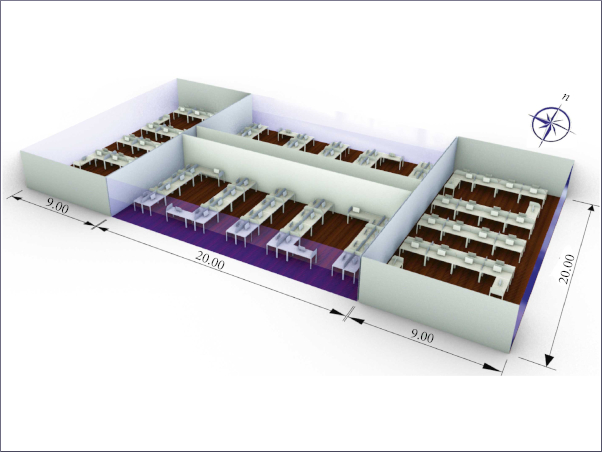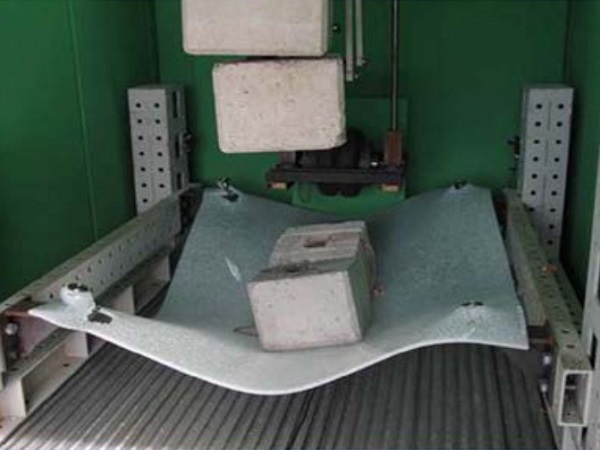Dan Smith, MD of architectural glazing specialist DWL Windows, Doors & Conservatories, helps you pick glazing solutions that don’t just look great, but keep your home warm and comfortable all year round.
1. Choose the right material
For contemporary-style projects, there’s no substitute for high-quality aluminium – it’s sleek, stylish, and its slim, elegant lines maximise the intake of natural light. Choose aluminium frames that feature a polyamide thermal break (an insulating plastic core) for maximum energy efficiency.

It might surprise some, but for more traditional properties, one of the best materials is uPVC. Take Residence 9 for example: designed around the stringent Article 4 guidelines that govern which products can be installed in conservation areas, Residence 9 is a uPVC window system built to the exact dimensions of a nineteenth century timber sash window, while still delivering the energy efficiency of modern uPVC.
2. Check the U-Value
U-Values measure how quickly a product lets heat escape. The lower the number, the better the product’s energy efficiency. Building Regulations require all new windows to achieve U-Values of at least 1.6 – and for the best performance, you ideally want windows with 1.0 or less. Residence 9 achieves 0.8.
3. Don’t neglect the glass
 Low-E (low emissivity) glass is the most thermally efficient available – letting in light, cutting heat loss and keeping energy bills manageable. Use double-glazing filled with Argon (an inert gas with greater density than air) to boost thermal efficiency even further.
Low-E (low emissivity) glass is the most thermally efficient available – letting in light, cutting heat loss and keeping energy bills manageable. Use double-glazing filled with Argon (an inert gas with greater density than air) to boost thermal efficiency even further.
4. Think about ventilation
Particularly if you’re renovating, don’t forget about ventilation – new windows can drastically improve air-tightness, but you need some airflow to let out moisture and prevent mould. Prevent this by using products with trickle vents, designed to allow a small amount of controlled ventilation.












